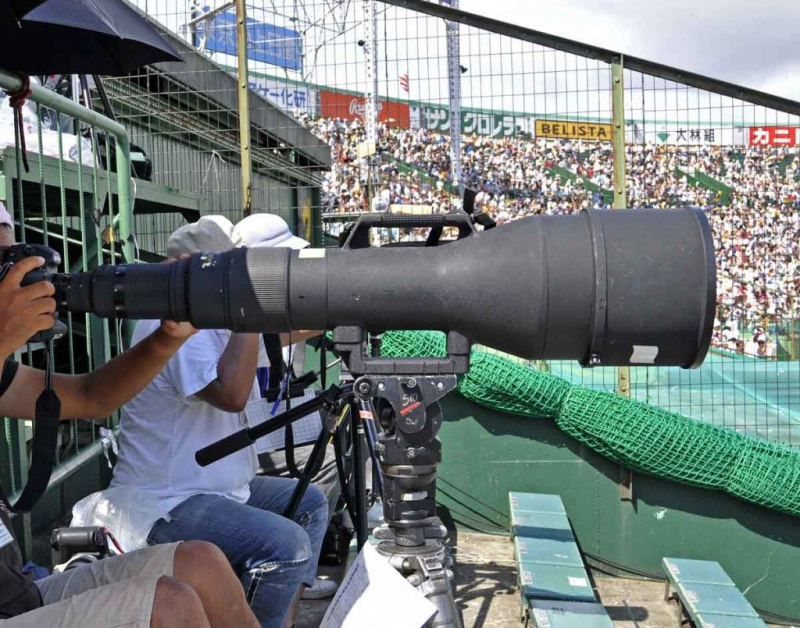Nikon 1200-1700mm f/5.6-8.0 Lens

The lens is over 16 kg in weight, with 18 elements in 13 groups and a tight focusing distance of up to 10 meters. The product also has a unique construction that incorporates two different pieces, one of which remains stationary even when the camera is rotated to rectify the horizontal-vertical arrangement.1200-1700mm f/5.6-8P IF-ED without internal focus motor. The 1200-1700mm f/5.6-8.0 lens was designed for sports and wildlife photography, according to the manufacturers.
Diagram of the 1200-1700mm configuration The vertical/horizontal rotating mechanism is connected by mechanical and electrical linkages between the two portions of the lens barrel. The focus ring's rotation is translated into front-to-back motion, which is conveyed to the focus group.
In February 1990, the prototype was finished. All of the operations (optical design, mechanical design, lens processing, working of metallic components, assembly, and adjustment) went off without a hitch, and trial production was finished quickly. In 1990, in Koshien Stadium, the venue of a high school baseball tournament, this lens was first put to the test. The prototype was subsequently put through extensive testing (including photographic tests), marking the last stage in the development of the super-telephoto lens prototype—at the time, the highest-precision Nikon lens. The following lens models are then "sent" to press organizations in Japan and across the world. Nikon began taking orders for these ultra-telephoto lenses from the general public in 1994.
Cost: $60,000













